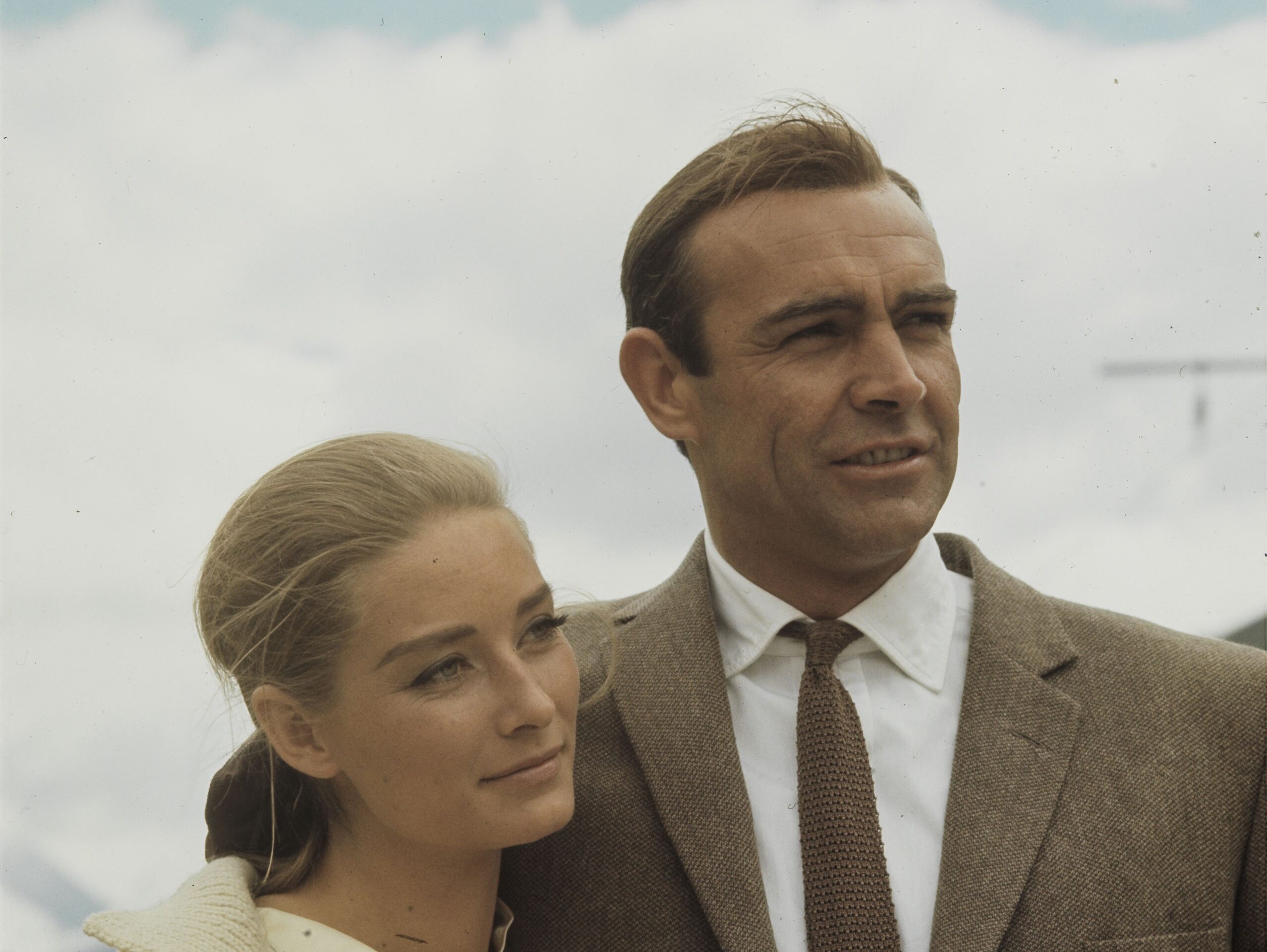Sean Connery as James Bond 007 and Tania Mallet as Tilly Masterson in “Goldfinger” while filming at Furka Pass and Andermatt in the Swiss Alps, Credit: ETH-Bibliothek Zürich, Bildarchiv / Fotograf: Comet Photo AG (Zürich) / Com_C13-035-007 / CC BY-SA 4.0.
I don’t drink tea. I hate it. It’s mud. Moreover, it’s one of the main reasons for the downfall of the British Empire. Be a good girl and make me some coffee.” ― Ian Fleming, Goldfinger
When you think of James Bond, coffee probably doesn’t come into mind. “A medium Vodka dry Martini – with a slice of lemon peel. Shaken and not stirred.” perhaps, perhaps, but not coffee. But there is an intriguing connection between Ian Fleming, the literary James Bond and coffee.
Ian Fleming & James Bond
Ian Lancaster Fleming was born 28 May 1908 to a wealthy family connected to the merchant bank Robert Fleming & Co. His father was the Member of Parliament (MP) for Henley from 1910 until his death on the Western Front in 1917.
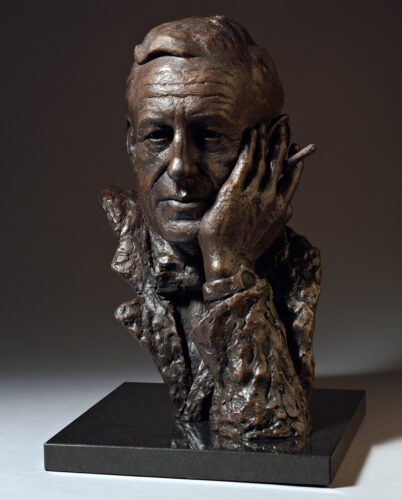
Before he became famous as the creator of James Bond, Ian Fleming was an officer in the Royal Navy’s Naval Intelligence Department. In May 1939, Rear Admiral John Godfrey, Director of Naval Intelligence (DNI) recruited Fleming to be his personal assistant. Fleming’s code name was “17F,” and he worked in Room 39 at The Admiralty Building in London.
He was commissioned into the Royal Naval Volunteer Reserve (RNVR) in July 1939 as a lieutenant and was quickly promoted to lieutenant commander. He had no real naval experience or intelligence training but his travels and experience as a journalist proved useful. Fleming helped formulate policies and ideas for Godfrey and soon became Godfrey’s liaison with the outside world. His easy manners, charm, and contacts all helped to open doors with other services and senior Secret Intelligence Service (SIS) officers. Fleming was also involved in planning Operation Mincemeat, Operation Goldeneye, and in the planning and oversight of two intelligence units: 30 Assault Unit and T-Force.
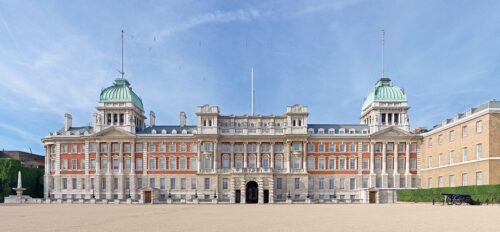
Fleming wrote his first Bond novel, Casino Royale, in 1952, at age 44. It was a success, and three print runs were commissioned to meet the demand. Eleven Bond novels and two collections of short stories followed between 1953 and 1966. The last published two years after his death on 12 August 1964 at the age of 56..
The novels center around James Bond, an officer in the SIS, commonly known as MI6. Bond is also known by his code number 007 and was a commander in the Royal Naval Volunteer Reserve. Bond’s character was based on a number of commandos and intelligence operatives whom Fleming knew during his service in the Naval Intelligence Division during World War II, to whom Fleming added his own style and a number of his own tastes.
I take a ridiculous pleasure in what I eat and drink.” — Ian Fleming
The Role of Coffee in the Bond Novels
Coffee plays a significant role in the Bond novels. Bond is found drinking coffee on several occasions. In one such instance, we learn of his daily routine while in London in From Russia, with Love, when he eats boiled eggs, toast, and coffee. However, Ian Fleming takes pains to inform us that James Bond drinks no ordinary coffee and is made in no ordinary coffee maker; it is “very strong” coffee from De Bry on Oxford Street and made in an American Chemex® coffeemaker. De Bry was a chocolatier and confectioner based in Paris that also had a presence in London during the time of Ian Fleming. They were also known for their coffee offerings.
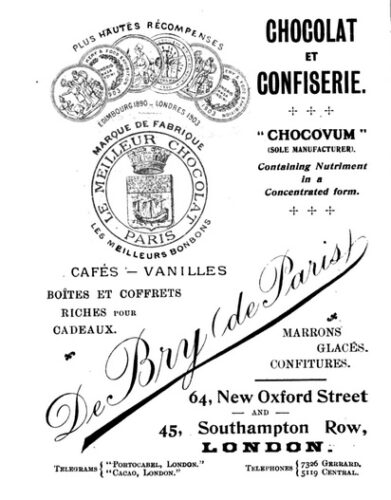
On several occasions throughout the books, Bond drinks black sugarless coffee, although that sometimes varies; in Fleming’s second novel, Live and Let Die, he orders a double espresso with cream to accompany his scrambled egg breakfast in New York.
In the Live and Let Die and Carte Blanche novels, James Bond drinks Jamaica Blue Mountain coffee. James Bond creator Ian Fleming lived in Goldeneye, Jamaica where he wrote all his Bond books. The coffee was a favorite of Ian Fleming himself while he was in Jamaica.
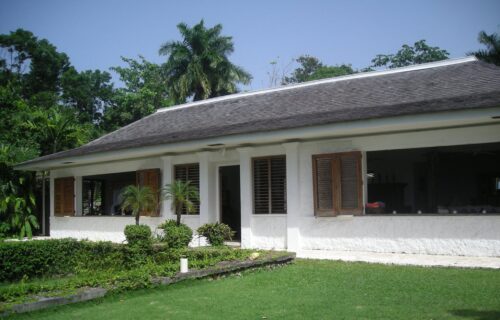
Jamaica Blue Mountain Coffee
Jamaica Blue Mountain Coffee or Jamaican Blue Mountain Coffee is a classification of coffee grown in the Blue Mountains of Jamaica. The Coffee Industry Regulation Act outlines the criteria for coffee to be labeled as Blue Mountain. The use of the Blue Mountain trademark is also regulated, with only those approved by the Jamaica Agricultural Commodities Regulatory Authority (previously known as the Coffee Industry Board) being permitted to use it.
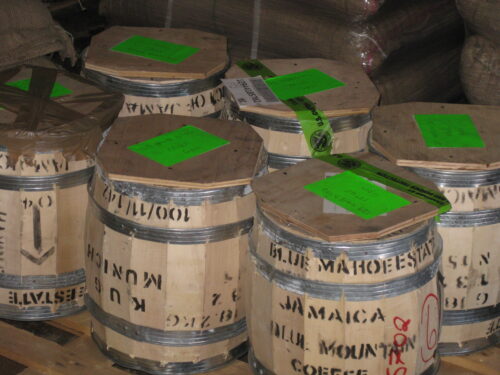
The coffee was introduced to Jamaica in 1728. This coffee is an Arabica variety of the coffee bean that is called Typica, which originated in southwestern Ethiopia. The best lots of Blue Mountain coffee are noted for their mild flavor and lack of bitterness. Over the past few decades, this coffee has developed a reputation that has made it one of the world’s most expensive and sought-after coffees. Over 80% of all Jamaica Blue Mountain Coffee is exported to Japan. The coffee beans thrive in the rich, volcanic soil of the mountains and they must be cultivated at altitudes of 3,000 to 5,500 feet to receive the honor of being called Blue Mountain Coffee. The climate of the region is cool and misty, with high rainfall. The soil is rich, with excellent drainage. This combination of climate and soil is considered ideal for coffee.

Chemex Coffeemaker
The Chemex coffeemaker is a manual pour-over style glass coffeemaker, invented by chemist Peter Schlumbohm in 1941. It is manufactured by the Chemex Corporation in Chicopee, Massachusetts. The design of the Chemex was selected as “one of the best-designed products of modern times” by designers at the Illinois Institute of Technology in 1958. It is part of the permanent collections of museums such as the Museum of Modern Art in New York, the Philadelphia Museum and the Smithsonian Institution.
The Chemex consists of an hourglass-shaped glass flask with a conical funnel-like neck and proprietary filters, made of bonded paper. These filters are thicker than the standard paper filters used for a drip coffeemaker. The thicker paper of the Chemex filters removes most of the coffee oils and makes coffee that is much “cleaner” than coffee brewed in other coffee-making systems.
The most visually distinctive feature of the Chemex is the heatproof wooden collar around the neck, which allows it to be easily handled and poured when full of hot coffee. This combination of natural wood and the organic nature of a hand-tied knot with the laboratory nature of glassware was a distinctive feature of its appearance. In addition to the original wood-collared version, they now also offer a version with an integral glass handle. The choice is yours.
This simple, elegant pour over brewing method produces clean, well-balanced coffee without any bitterness. All you need is a Chemex, filter papers, ground coffee, and hot water.

To Sum Up
The connection between Ian Fleming, James Bond, and coffee is an intriguing one. Fleming’s personal preferences and experiences clearly influenced the character of James Bond, including his taste for coffee. Whether it’s a strong brew from De Bry in London or the exquisite flavor of Jamaica Blue Mountain coffee, the role of coffee in the Bond novels adds another layer of depth to this iconic character.
Resources
The Official James Bond 007 Website
007.com
The Official Website for Ian Fleming
IanFleming.com
Chemex
ChemexCoffeemaker.com
*The views and opinions expressed on this website are solely those of the original authors and contributors. These views and opinions do not necessarily represent those of Spotter Up Magazine, the administrative staff, and/or any/all contributors to this site.

